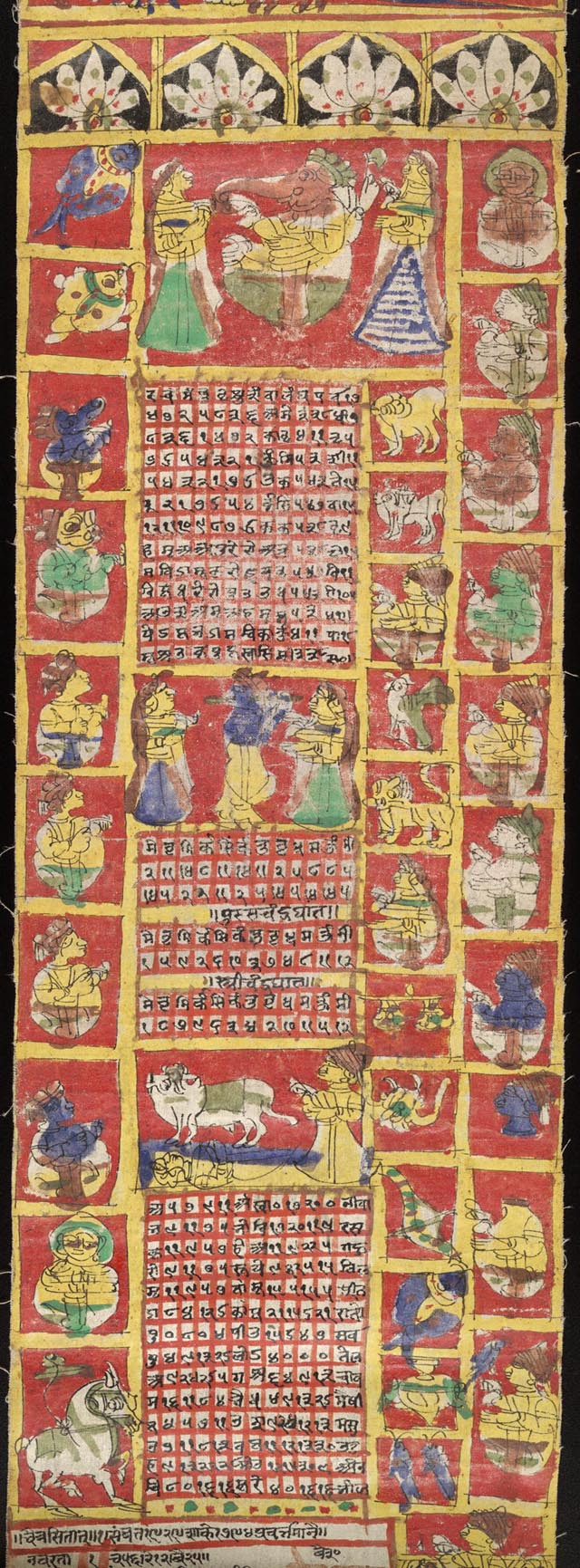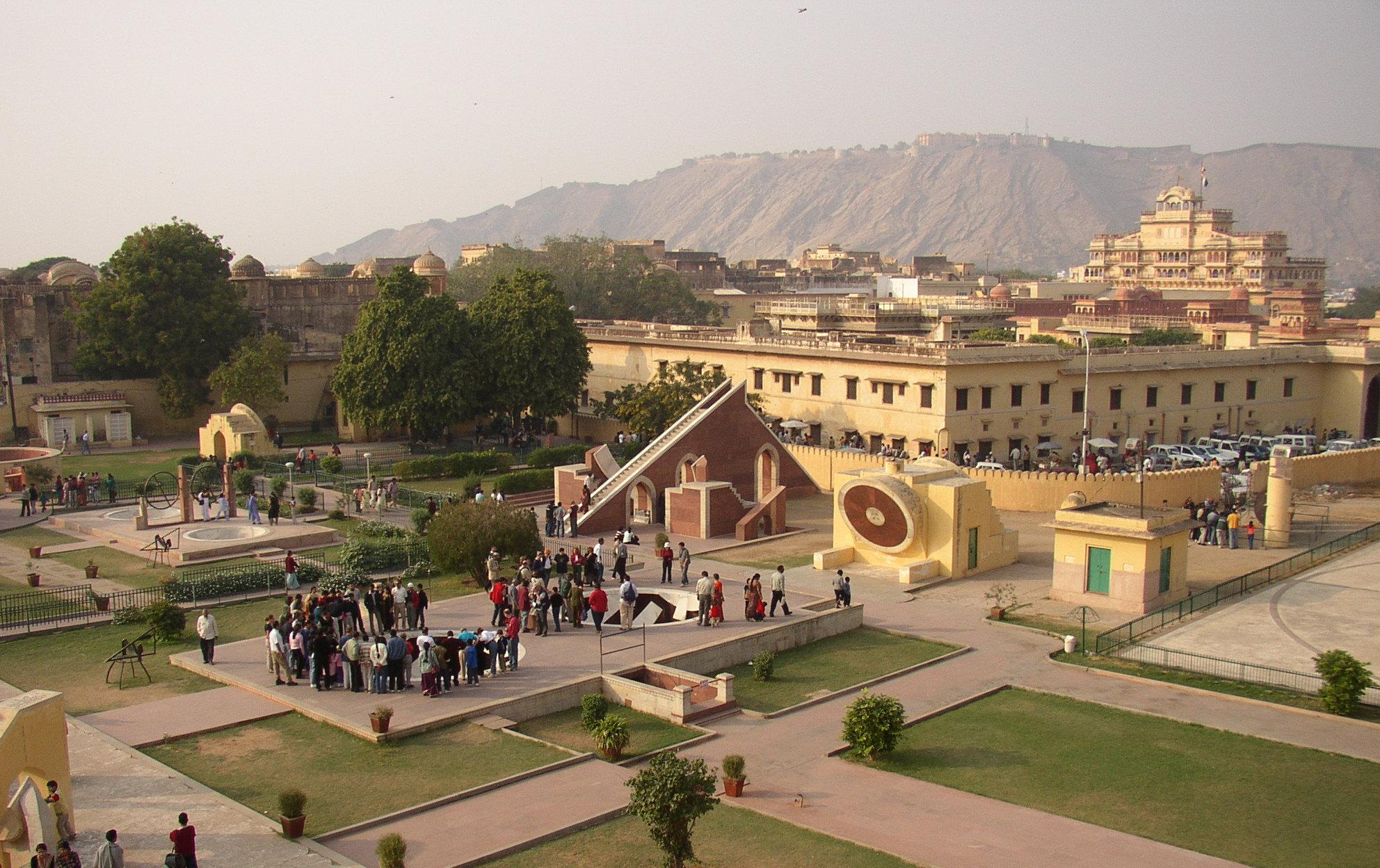|
Vākyapañcāṅga
Two types of almanacs are popular among the Tamil speaking people in India, and the world over. They are known by the names ''Vākyapañcāṅga'' and ''Thirugaṇita-pañcāṅga''. The latter is also known as ''Dṛggaṇita pañcāṅga''. This is not to be confused with the ''Dṛggaṇita pañcāṅga'', the nearly unanimous choice of almanac of Malayalam speaking people, established by Vatasseri Parameshvara Nambudiri (c. 1380–1460) who was a major Indian mathematician and astronomer of the Kerala school of astronomy and mathematics founded by Madhava of Sangamagrama. The ''Vākyapañcāṅga'' is based on the astronomical data and computational methods propounded in the various ''Siddhānta'' texts like the ''Sūrya-Siddhānta'' and uses the text '' Vākyakaraṇa'' of anonymous authorship as the basic source book. The ''Thirugaṇita-pañcāṅga'' is based on the modern values of the various astronomical parameters and incorporates modern formulas and computational sc ... [...More Info...] [...Related Items...] OR: [Wikipedia] [Google] [Baidu] |
Vākyakaraṇa
''Vākyakaraṇa'' is the source book of ''Vākyapañcāṅga'' which is a type of almanac popular among Tamil speaking people of South India. In ''Vākyapañcāṅga'', the positions of the celestial entities and the timings of celestial events as obtained using the computational methods expounded in the text ''Vākyakaraṇa''. These methods make use of astronomical tables compiled centuries ago. Each entry in such tables is in the form of a ''vākya'', that is, a sentence in Sanskrit, and it represents some numerical value encoded using the Katapayadi system, ''kaṭapayādi'' scheme. Different sets of such ''vākya''-s have been compiled for different celestial entities. One such set is ''Chandravakyas, Cāndrvākya''-s which is a set of 247 values relating to the position of the Moon. The original set of ''Chandravakyas, Cāndrvākya''-s are attributed to the legendary Kerala astronomer Vararuci. These were later revised by Madhava of Sangamagrama, Mādhava of Saṅgamagrāma ... [...More Info...] [...Related Items...] OR: [Wikipedia] [Google] [Baidu] |
Tirugaṇita-pañcāṅgam
''Tirugaṇita-pañcāṅgam'', also known as ''Dṛggaṇita pañcāṅgam'', is an almanac popular among Tamil speaking people in India and the world over. It is based on the modern values of the various astronomical parameters and it incorporates modern formulas and computational schemes. It was introduced by Chinthamani Ragoonatha Chary (1822 – 5 February 1880) an Indian astronomer attached to the then Madras Observatory. There is another almanac known as Vākyapañcāṅgam, also popular among Tamil speaking people which is based on the astronomical data and computational methods propounded in the various ''Siddhānta'' texts like the ''Sūrya-Siddhānta'' and which uses the text '' Vākyakaraṇa'' of anonymous authorship as the basic source book. The ''Dṛggaṇita pañcāṅgam'' popular among Tamil speaking people is not to be confused with the ''Dṛggaṇita pañcāṅgam'' popular among Malayalam speaking people. The latter is the nearly unanimous choice of a ... [...More Info...] [...Related Items...] OR: [Wikipedia] [Google] [Baidu] |
Pambu Panchangam
Pambu Panchangam () is the name of a Tamil calendar published by Manonmani Vilasam Press in Chennai since 1883. The publisher's title for the almanac for the Tamil year 2012–2013 is ''Asal No. 28, Nandana Varsha Suddha Vakya Panchangam'' (அசல் 28—நெ. நந்தன வருஷ சுத்த வாக்கிய பஞ்சாங்கம்). The almanac is popularly referred to as the Pambu Panchangam because the cover page of the almanac carries a prominent image of a snake (). The snake referred to here is the Moon in the Panchangam. The image of the snake contains 27 small circles embedded with it. These circles represent the 27 days the Moon takes to complete one full cycle. The reason Moon is represented as a snake is that, due to the pull and push of various planets, its path is like the path left by a snake on sand. Pambu Panchangam is the most popular Tamil almanac among Tamil speaking people worldwide. Publishing history The publication of the ye ... [...More Info...] [...Related Items...] OR: [Wikipedia] [Google] [Baidu] |
Chinthamani Ragoonatha Chary
Chinthamani Ragoonatha Chary (1822 or "17 March" 1828 – 5 February 1880) was an Indian astronomer who worked at the Madras Observatory along with N.R. Pogson. He was the first Indian Fellow of the Royal Astronomical Society and is known for his studies of variable stars and the discovery of ''R Reticuli'' in 1867. Early life Little is known about Chary's personal life. It is believed that he was born in Madras in about 1822. However, in official records, his birthdate has been recorded as 1828 and given in some sources as 17 March. Chary's ancestors were Hindu astronomers who prepared Hindu astrological almanacs called ''Panchangam''s. He lived in Nungambakkam and joined the Madras Observatory in 1840 as a "coolie" under Thomas Glanville Taylor. Career By 1864, Chary had gathered enough knowledge of mathematics to be appointed as astronomer at the observatory. He forged a productive partnership with N. R. Pogson, director of the Madras observatory. His main responsibi ... [...More Info...] [...Related Items...] OR: [Wikipedia] [Google] [Baidu] |
Tamils
The Tamils ( ), also known by their endonym Tamilar, are a Dravidian peoples, Dravidian ethnic group who natively speak the Tamil language and trace their ancestry mainly to the southern part of the Indian subcontinent. The Tamil language is one of the longest-surviving classical languages, with over two thousand years of Tamil literature, written history, dating back to the Sangam period (between 300 BCE and 300 CE). Tamils constitute about 5.7% of the Indian population and form the majority in the South Indian state of Tamil Nadu and the union territory of Puducherry (union territory), Puducherry. They also form significant proportions of the populations in Sri Lankan Tamils, Sri Lanka (15.3%), Tamil Malaysians, Malaysia (7%) and Indian Singaporeans, Singapore (5%). Tamils have migrated world-wide since the 19th century CE and a significant population exists in South Africa, Mauritius, Fiji, as well as other regions such as the Southeast Asia, Middle East, Caribbean and parts ... [...More Info...] [...Related Items...] OR: [Wikipedia] [Google] [Baidu] |
Specific Calendars
Specific may refer to: * Specificity (other) * Specific, a cure or therapy for a specific illness Law * Specific deterrence, focussed on an individual * Specific finding, intermediate verdict used by a jury in determining the final verdict * Specific jurisdiction over an out-of-state party, specific to cases that have a substantial connection to the party's in-state activity * Order of specific performance, court order to perform a specific act Economics, finance, and accounting * Asset specificity, the extent to which the investments made to support a particular transaction have a higher value to that transaction than they would have if they were redeployed for any other purpose * Specific identification (inventories), summing purchase costs of all inventory items * Specific rate duty, duty paid at a specific amount per unit * Specific risk, risk that affects a very small number of assets Psychology * Domain specificity, theory that many aspects of cogniti ... [...More Info...] [...Related Items...] OR: [Wikipedia] [Google] [Baidu] |
Hindu Calendar
The Hindu calendar, also called Panchangam, Panchanga (), is one of various lunisolar calendars that are traditionally used in the Indian subcontinent and Southeast Asia, with further regional variations for social and Hindu religious purposes. They adopt a similar underlying concept for timekeeping based on sidereal year for solar cycle, solar cycle and adjustment of lunar cycles in every three years, but differ in their relative emphasis to moon cycle or the sun cycle and the names of months and when they consider the New Year to start. Of the various regional calendars, the most studied and known Hindu calendars are the Shaka era, Shalivahana Shaka (Based on the Shalivahana, King Shalivahana, also the Indian national calendar) found in the Deccan Plateau, Deccan region of Southern India and the Vikram Samvat (Bikrami) found in Nepal and the North and Central regions of India – both of which emphasize the lunar cycle. Their new year starts in spring. In regions such as Tamil ... [...More Info...] [...Related Items...] OR: [Wikipedia] [Google] [Baidu] |
Astrological Almanacs
Astrology is a range of divinatory practices, recognized as pseudoscientific since the 18th century, that propose that information about human affairs and terrestrial events may be discerned by studying the apparent positions of celestial objects. Different cultures have employed forms of astrology since at least the 2nd millennium BCE, these practices having originated in calendrical systems used to predict seasonal shifts and to interpret celestial cycles as signs of divine communications. Most, if not all, cultures have attached importance to what they observed in the sky, and some—such as the Hindus, Chinese, and the Maya—developed elaborate systems for predicting terrestrial events from celestial observations. Western astrology, one of the oldest astrological systems still in use, can trace its roots to 19th–17th century BCE Mesopotamia, from where it spread to Ancient Greece, Rome, the Islamic world, and eventually Central and Western Europe. Contemporary We ... [...More Info...] [...Related Items...] OR: [Wikipedia] [Google] [Baidu] |
Hindu Astronomy
Astronomy has a long history in the Indian subcontinent, stretching from pre-historic to modern times. Some of the earliest roots of Indian astronomy can be dated to the period of Indus Valley civilisation or earlier. Astronomy later developed as a discipline of Vedanga, or one of the "auxiliary disciplines" associated with the study of the Vedas dating 1500 BCE or older. The oldest known text is the ''Vedanga Jyotisha'', dated to 1400–1200 BCE (with the extant form possibly from 700 to 600 BCE). Indian astronomy was influenced by Greek astronomy beginning in the 4th century BCEHighlights of Astronomy, Volume 11B: As presented at the XXIIIrd General Assembly of the IAU, 1997. Johannes Andersen Springer, 31 January 1999 – Science – 616 pages. p. 72/ref>Babylon to Voyager and Beyond: A History of Planetary Astronomy. David Leverington. Cambridge University Press, 29 May 2010 – Science – 568 pages. p. 4/ref>The History and Practice of Ancient Astronomy. James ... [...More Info...] [...Related Items...] OR: [Wikipedia] [Google] [Baidu] |
Sringeri Sharada Peetham
Dakṣiṇāmnāya Śrī Śāradā Pīṭham () or Śri Śṛṅgagiri Maṭha (); , ) is one amongst the four cardinal Matha, pīthams following the Daśanāmi Sampradaya - the ''peetham'' or ''matha'' is said to have been established by acharya Adi Shankara, Śrī Ādi Śaṅkara to preserve and propagate Sanatana dharma, Sanātana Dharma and Advaita Vedanta, Advaita Vedānta, the doctrine of Nonduality (spirituality), non-dualism. Located in Sringeri, Śringerī in Chikmagalur district in Karnataka, India, it is the Southern Āmnāya Pītham amongst the four Chaturāmnāya Pīthams, with the others being the Dwarka Sharada Peetham, Dvārakā Śāradā Pītham (Gujarat) in the West, Govardhan Math, Purī Govardhana Pīṭhaṃ (Odisha) in the East, Jyotir Math, Badri Jyotishpīṭhaṃ (Uttarakhand) in the North. The head of the matha is called Shankaracharya, Shankarayacharya, the title derives from Adi Shankara. Śri Śringerī Mutt, as the Pītham is referred to in common ... [...More Info...] [...Related Items...] OR: [Wikipedia] [Google] [Baidu] |
Parameshvara Nambudiri
Vatasseri Parameshvara Nambudiri ( 1380–1460) was a major Indian mathematician and astronomer of the Kerala school of astronomy and mathematics founded by Madhava of Sangamagrama. He was also an astrologer. Parameshvara was a proponent of observational astronomy in medieval India and he himself had made a series of eclipse observations to verify the accuracy of the computational methods then in use. Based on his eclipse observations, Parameshvara proposed several corrections to the astronomical parameters which had been in use since the times of Aryabhata. The computational scheme based on the revised set of parameters has come to be known as the ''Drgganita'' or Drig system. Parameshvara was also a prolific writer on matters relating to astronomy. At least 25 manuscripts have been identified as being authored by Parameshvara. Biographical details Parameshvara was a Hindu of Bhrgugotra following the Ashvalayanasutra of the Rigveda. Parameshvara's family name (''Illam'') was ... [...More Info...] [...Related Items...] OR: [Wikipedia] [Google] [Baidu] |







